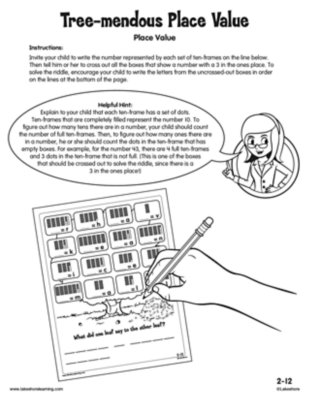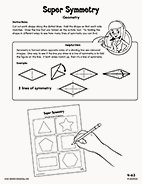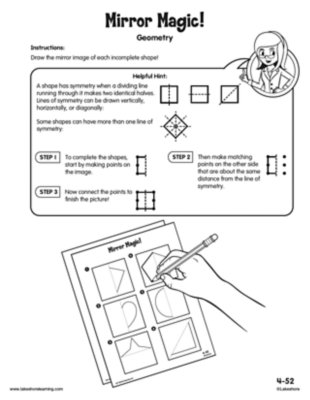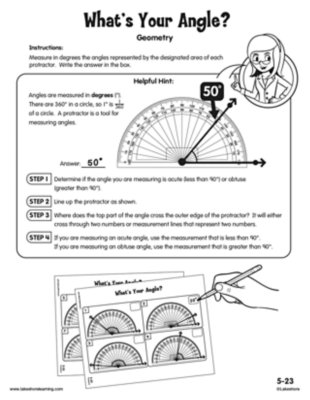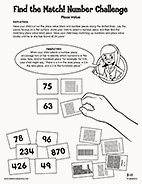
When entering second grade, your child should be able to see groups of tens and ones when counting. Your child should also understand that the two digits in a two-digit number represent tens and ones. For example, there are 3 tens and 2 ones in the number 32.
View worksheetWhen entering second grade, your child should be able to see groups of tens and ones when counting. Your child should also understand that the two digits in a two-digit number represent tens and ones. For example, there are 3 tens and 2 ones in the number 32.
View worksheetDuring fourth grade, your child will learn to identify lines and angles, understand symmetry and classify shapes based on their lines and angles. For example, your child will be able to classify right triangles by seeing that they have a 90-degree angle.
View worksheetWhen entering fifth grade, your child should be able to identify lines and angles, measure angles, understand symmetry and classify shapes based on their lines and angles. For example, your child should be able to classify right triangles by seeing that they have a 90-degree angle.
View worksheetDuring fourth grade, your child will learn to identify lines and angles, understand symmetry and classify shapes based on their lines and angles. For example, your child will be able to classify right triangles by seeing that they have a 90-degree angle.
View worksheetWhen entering fifth grade, your child should be able to identify lines and angles, measure angles, understand symmetry and classify shapes based on their lines and angles. For example, your child should be able to classify right triangles by seeing that they have a 90-degree angle.
View worksheet
